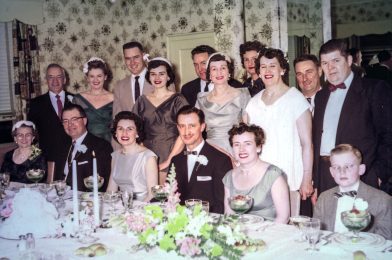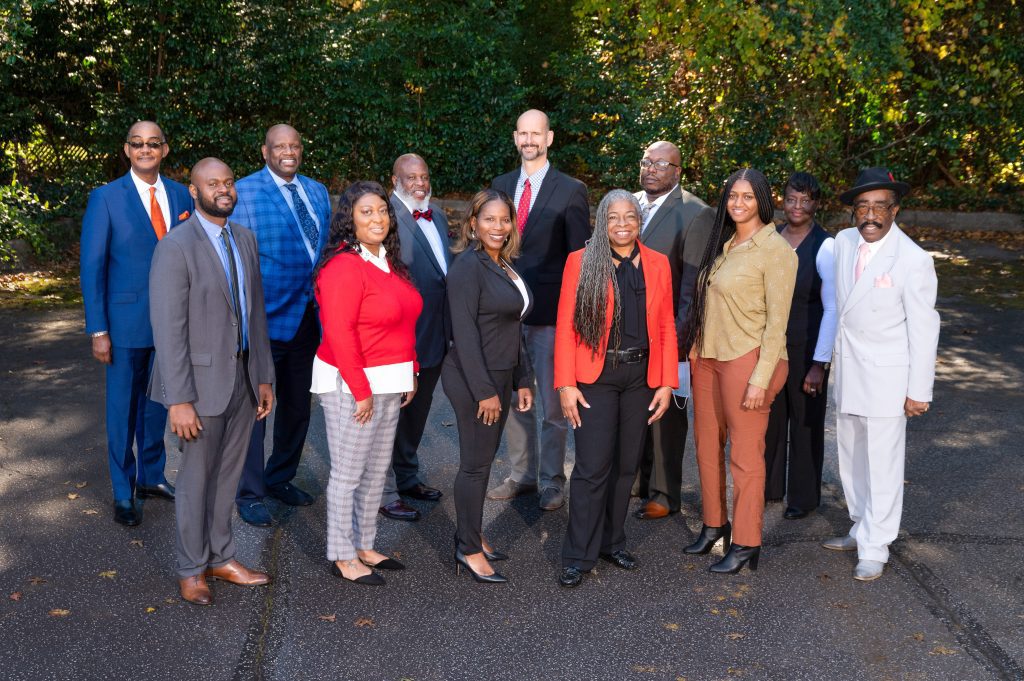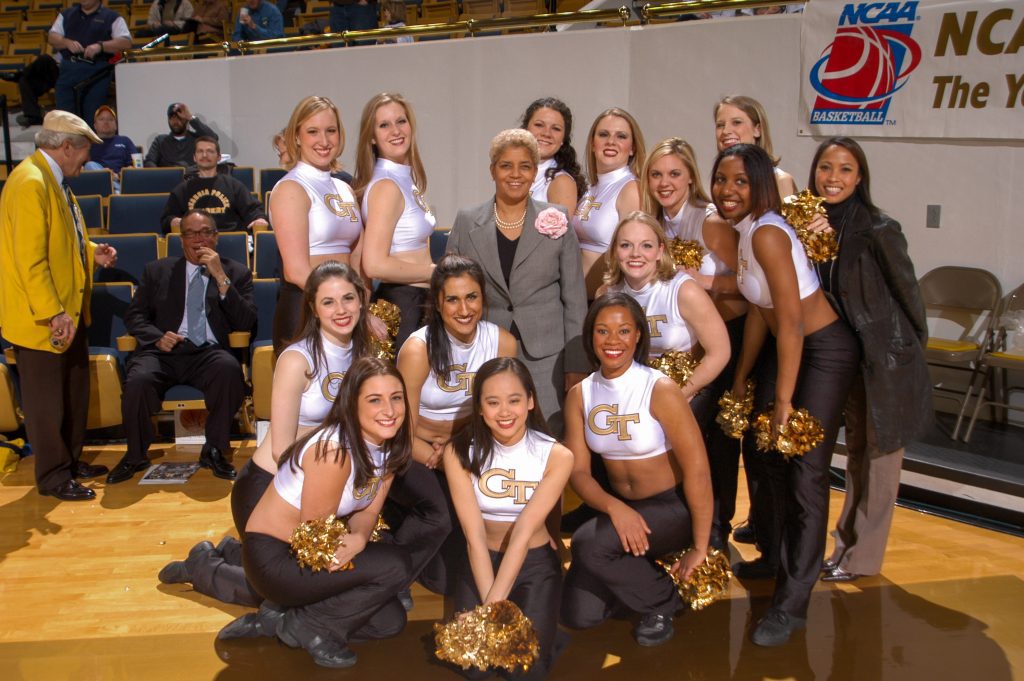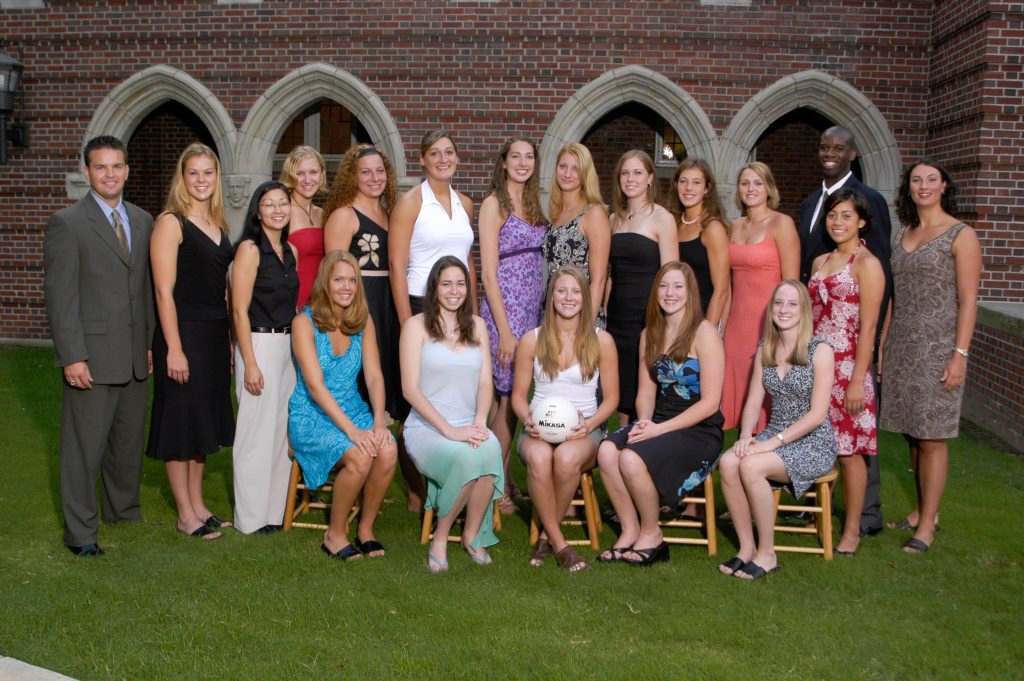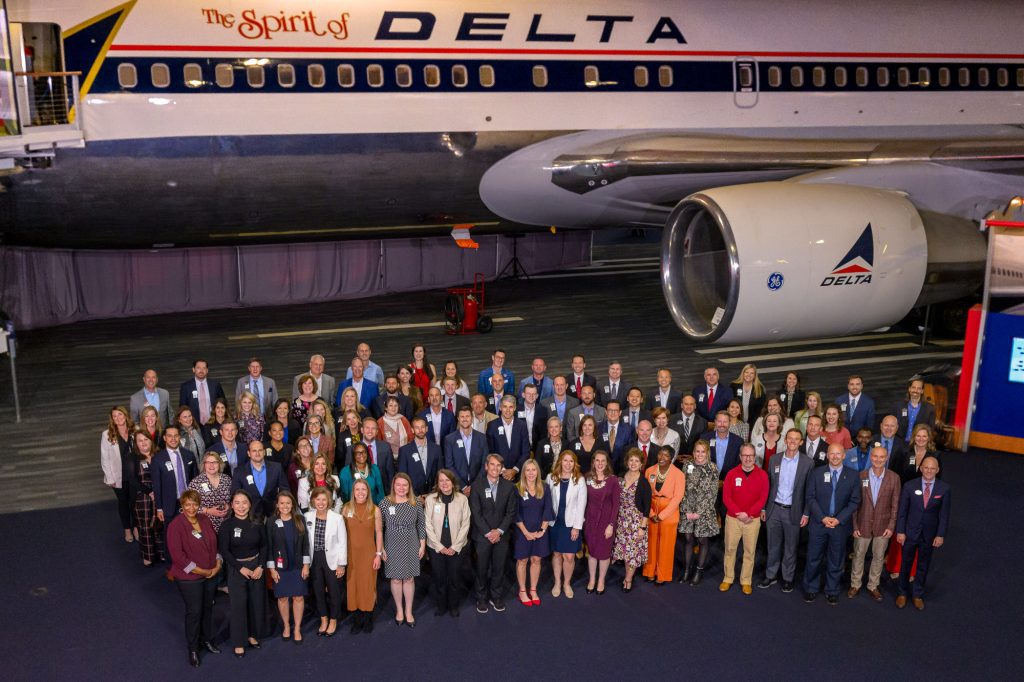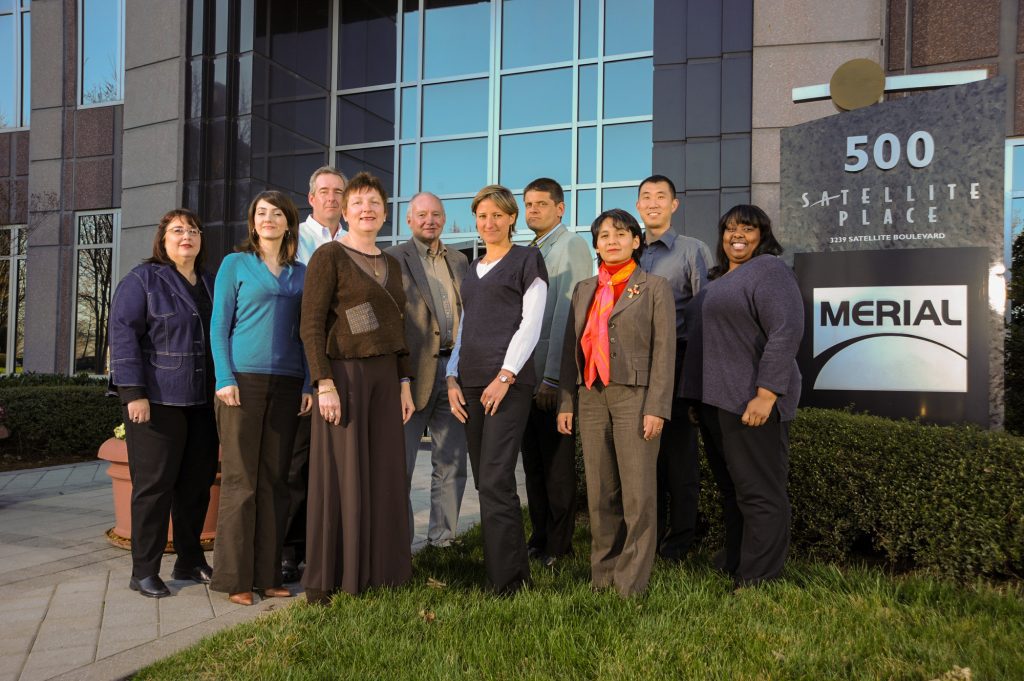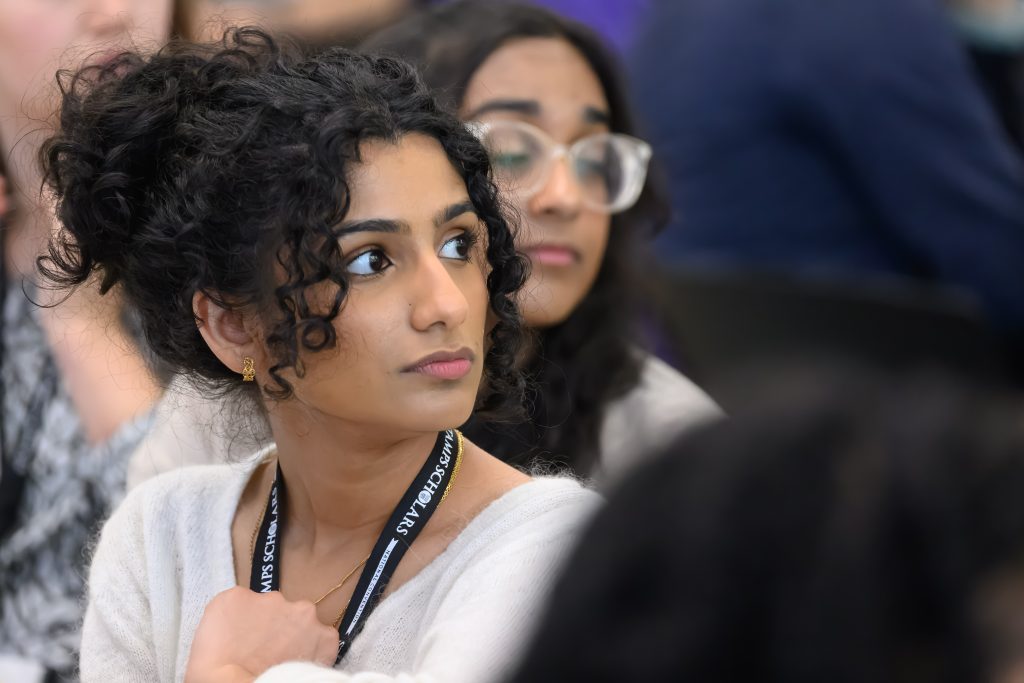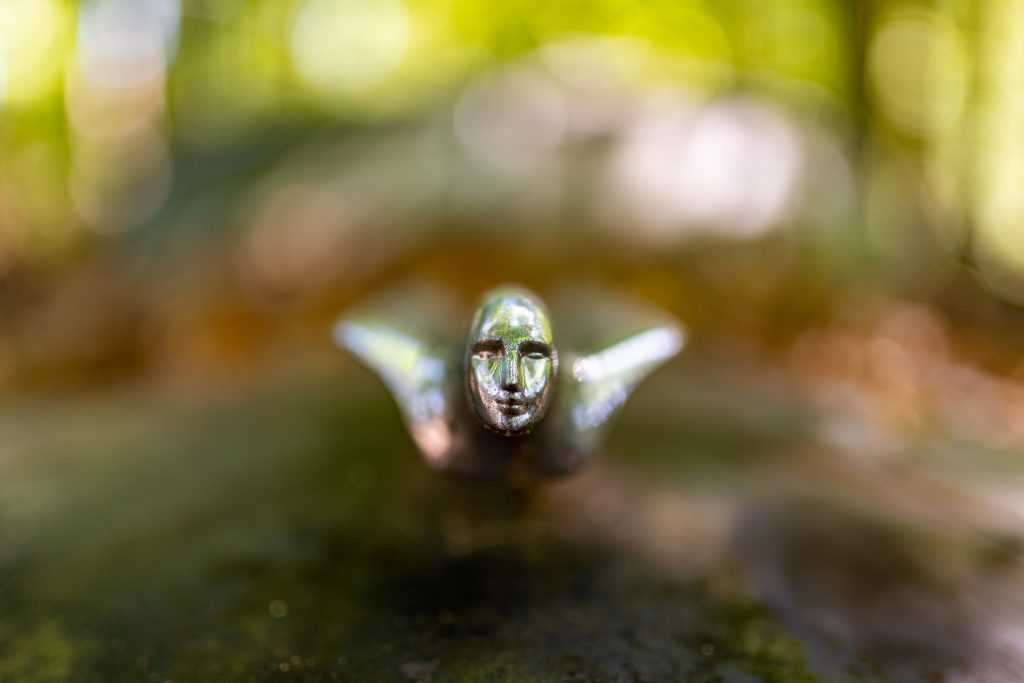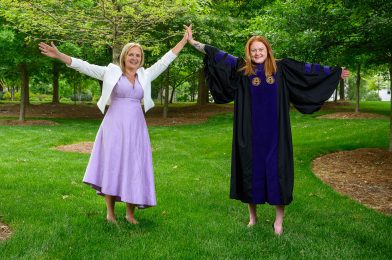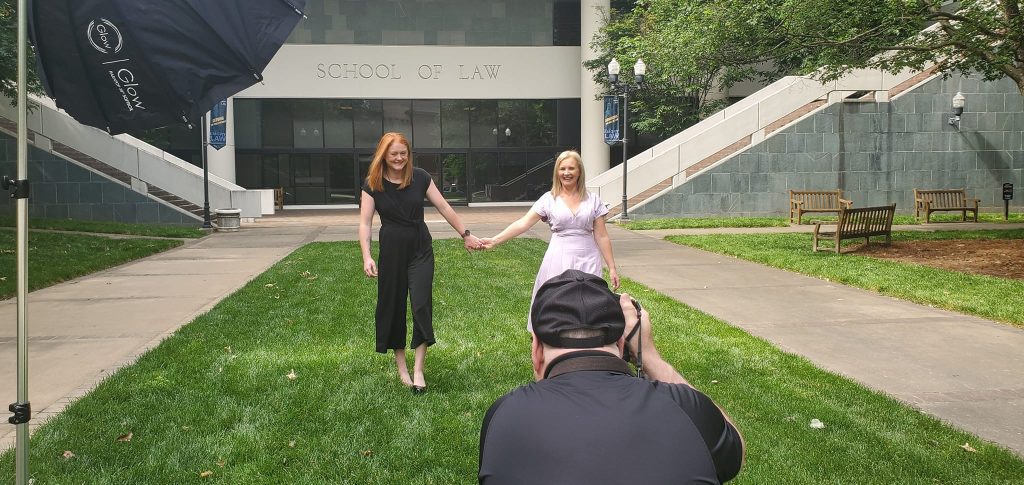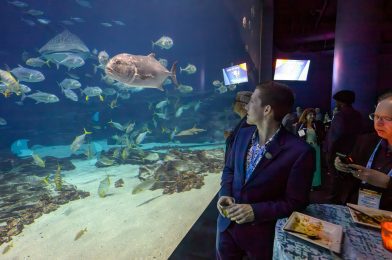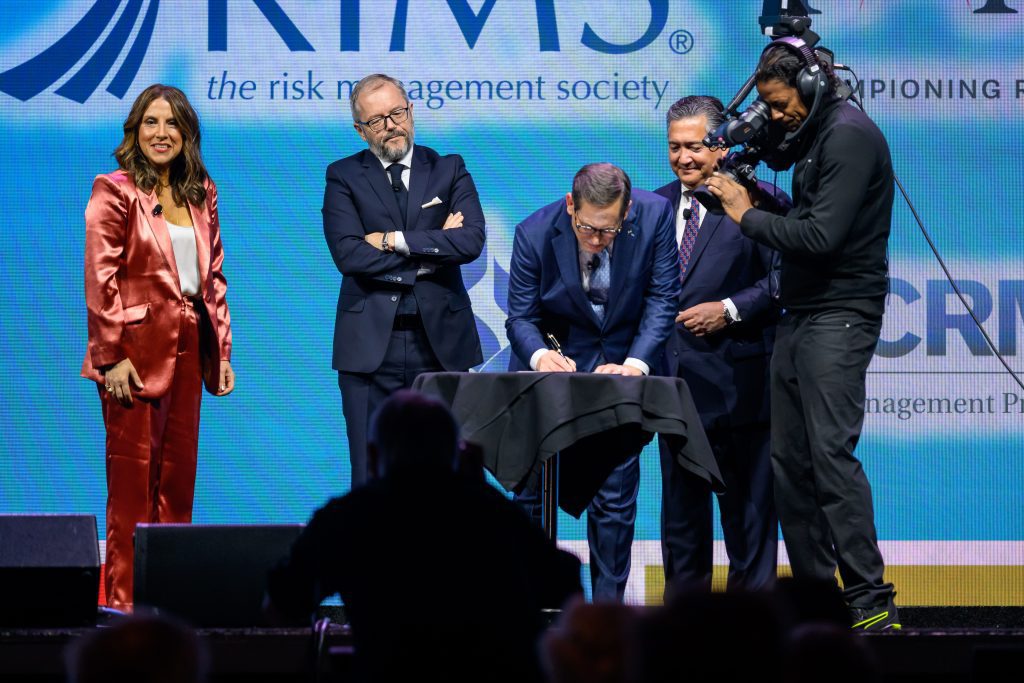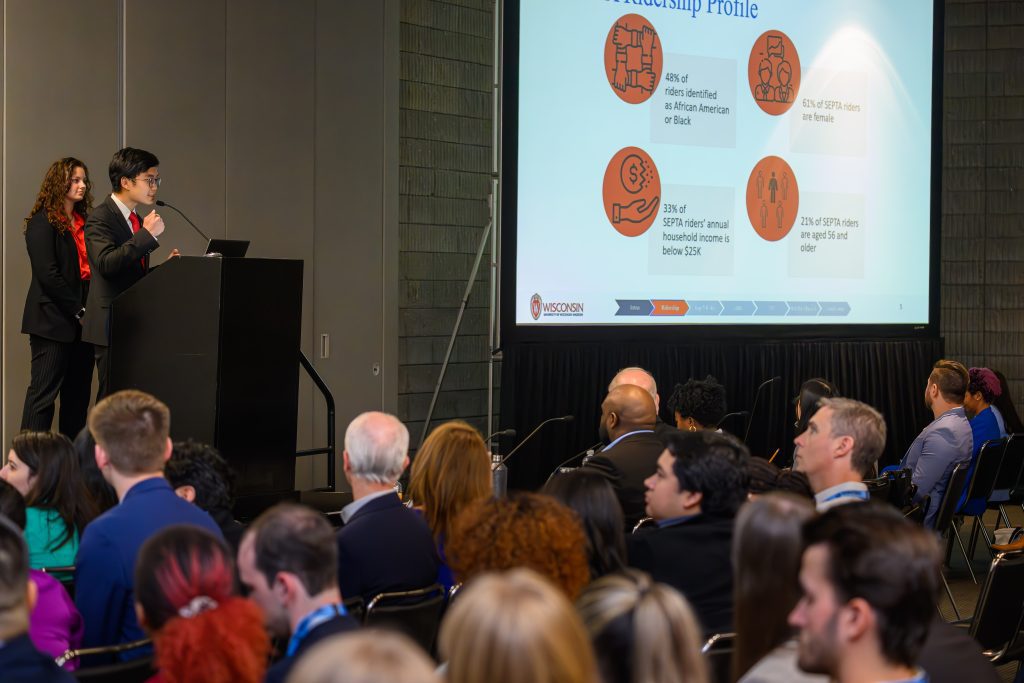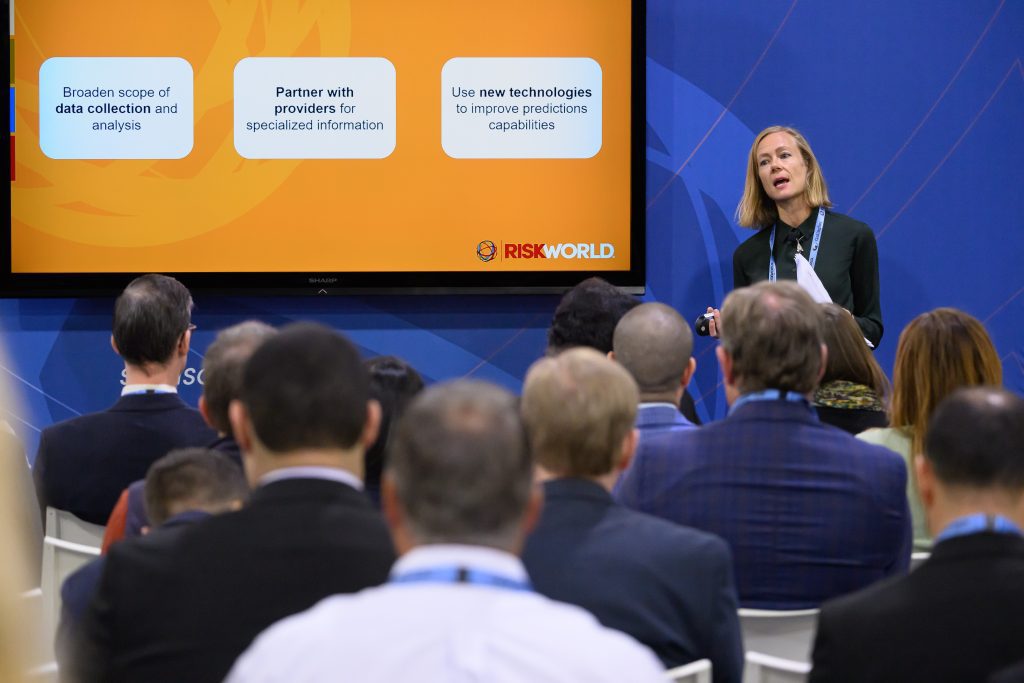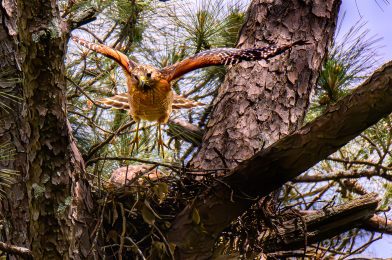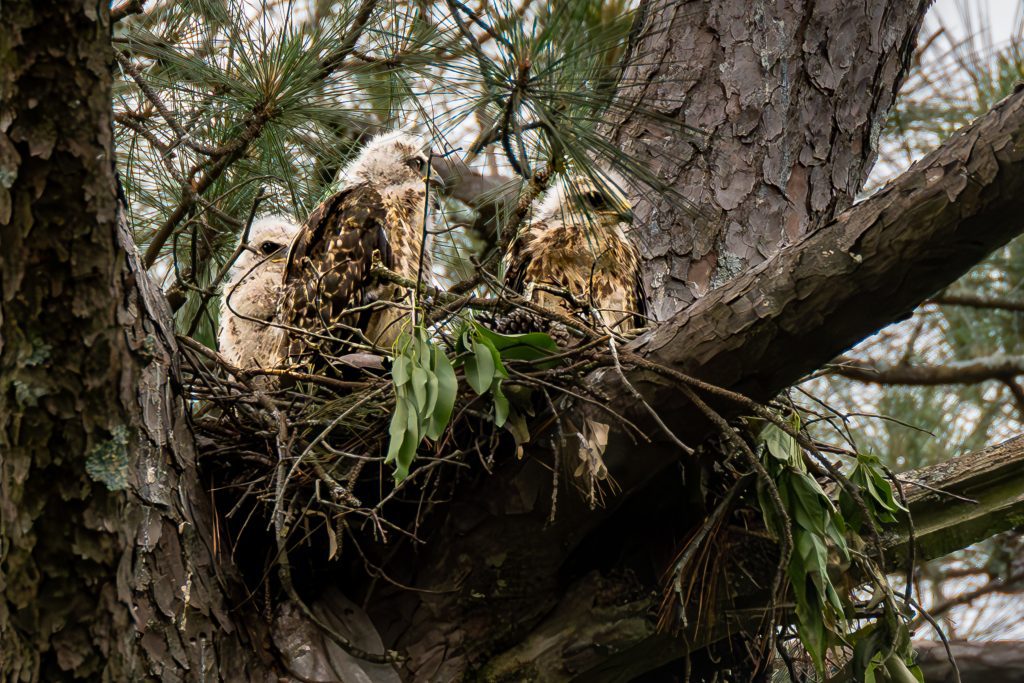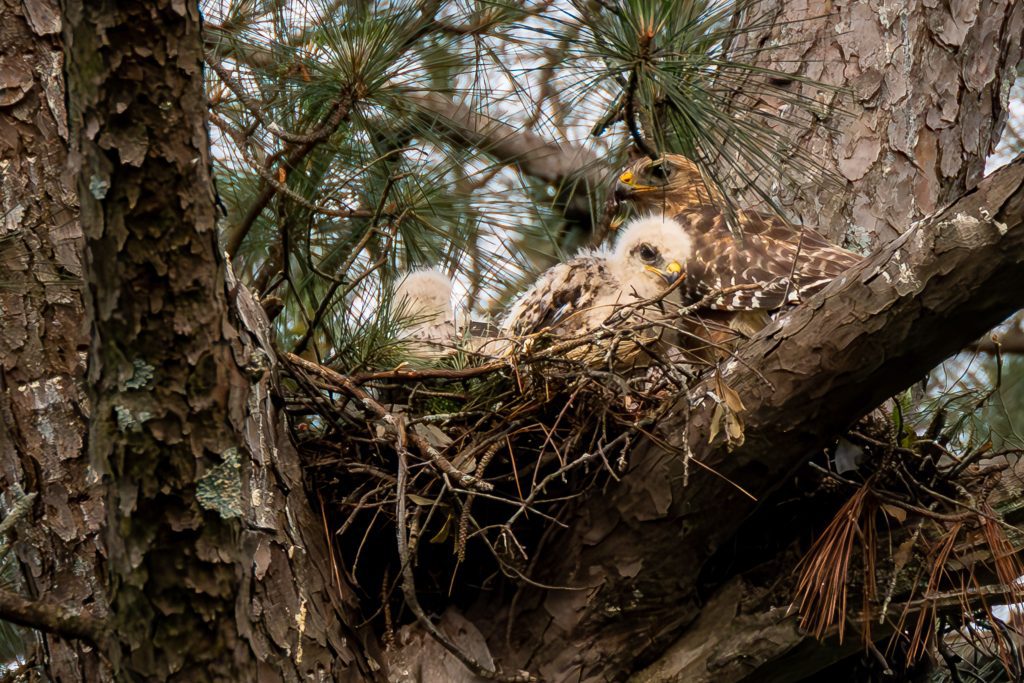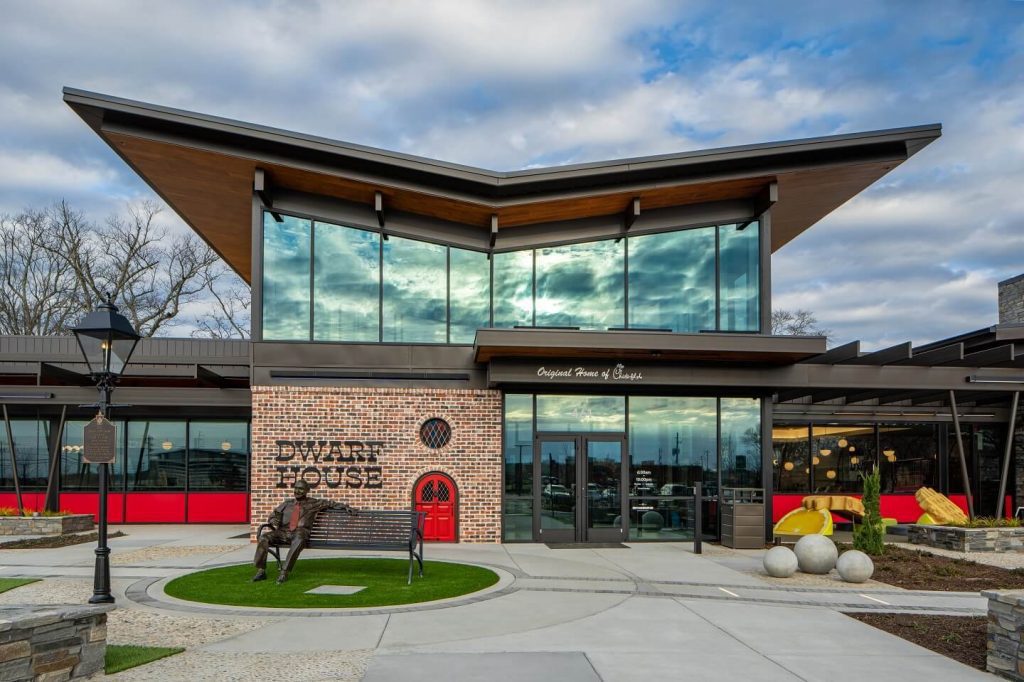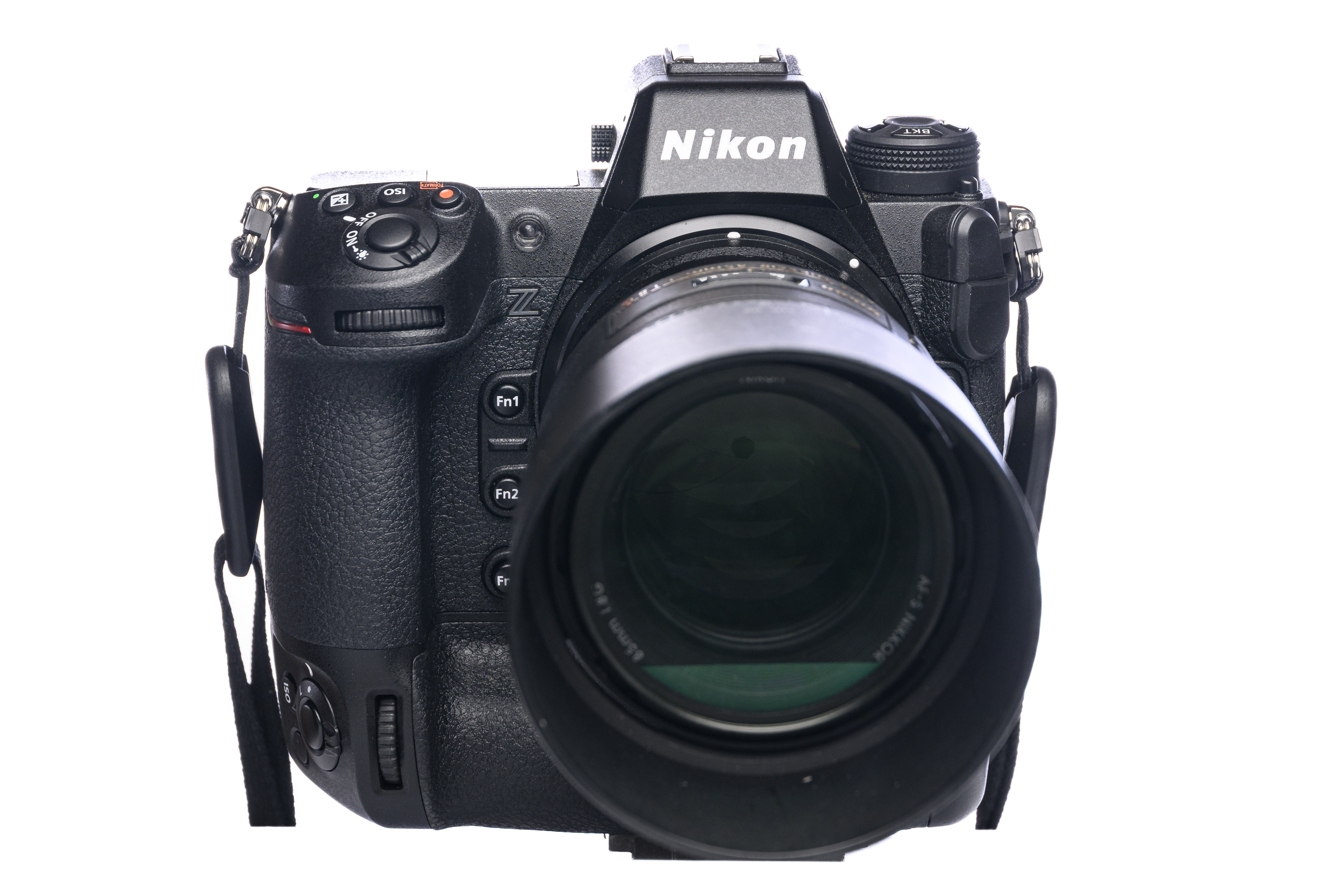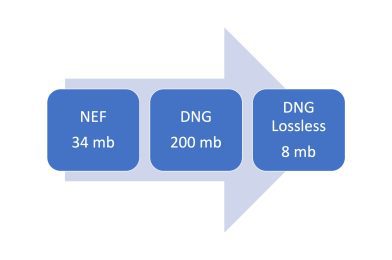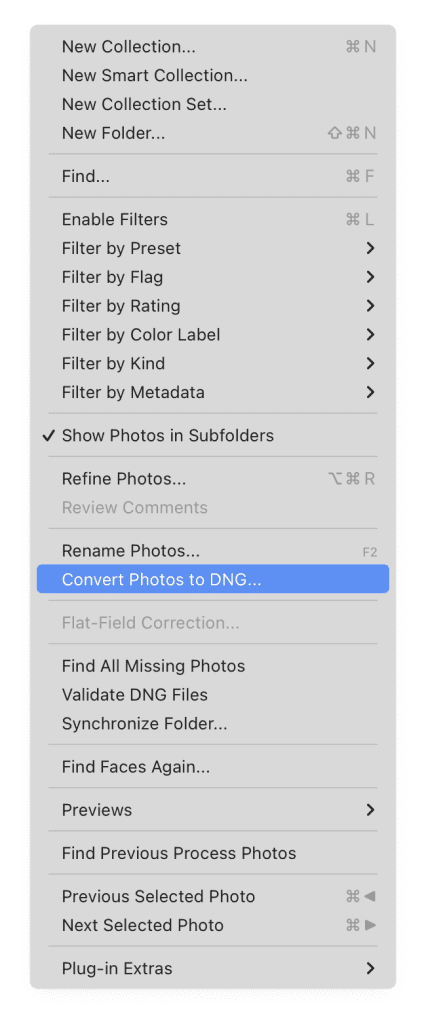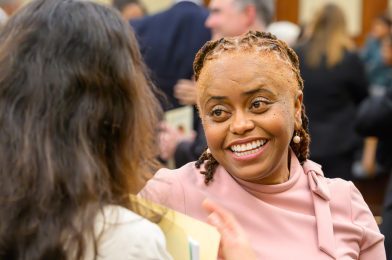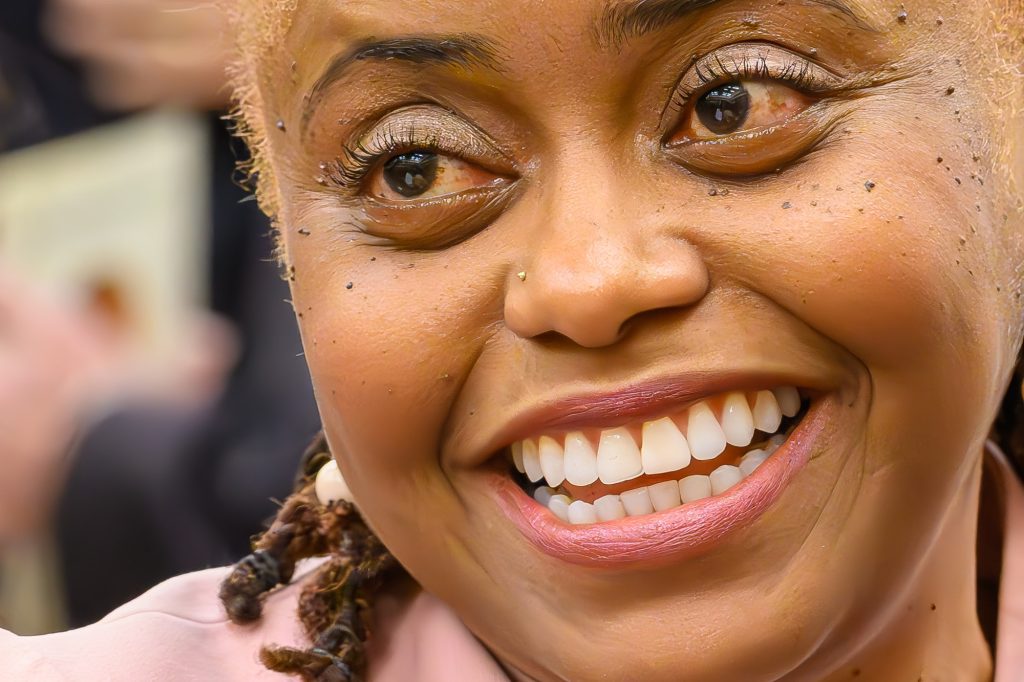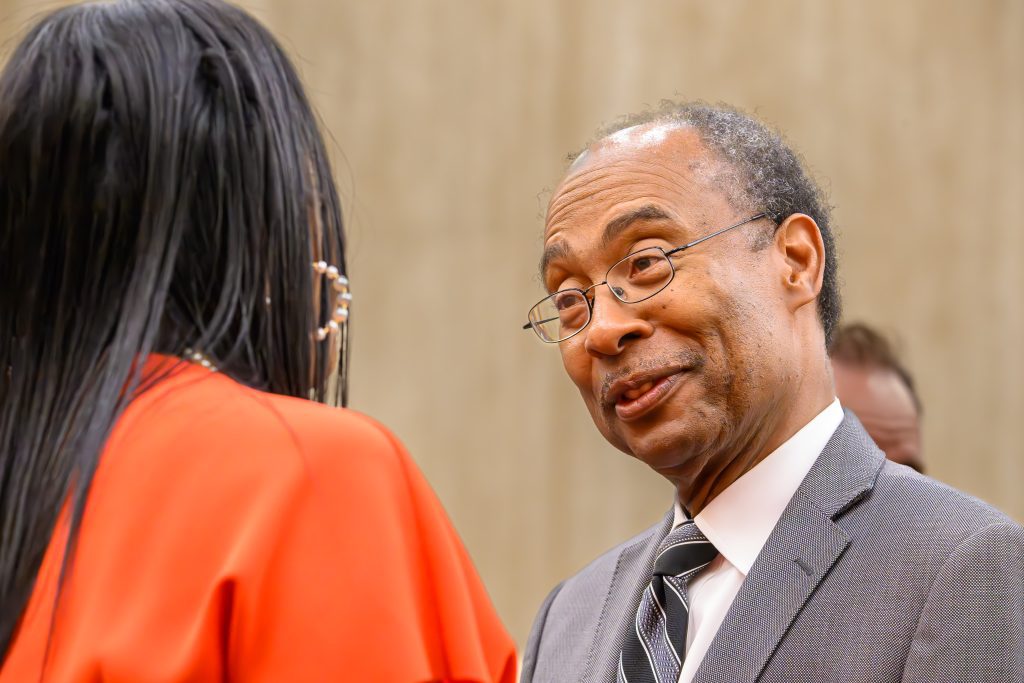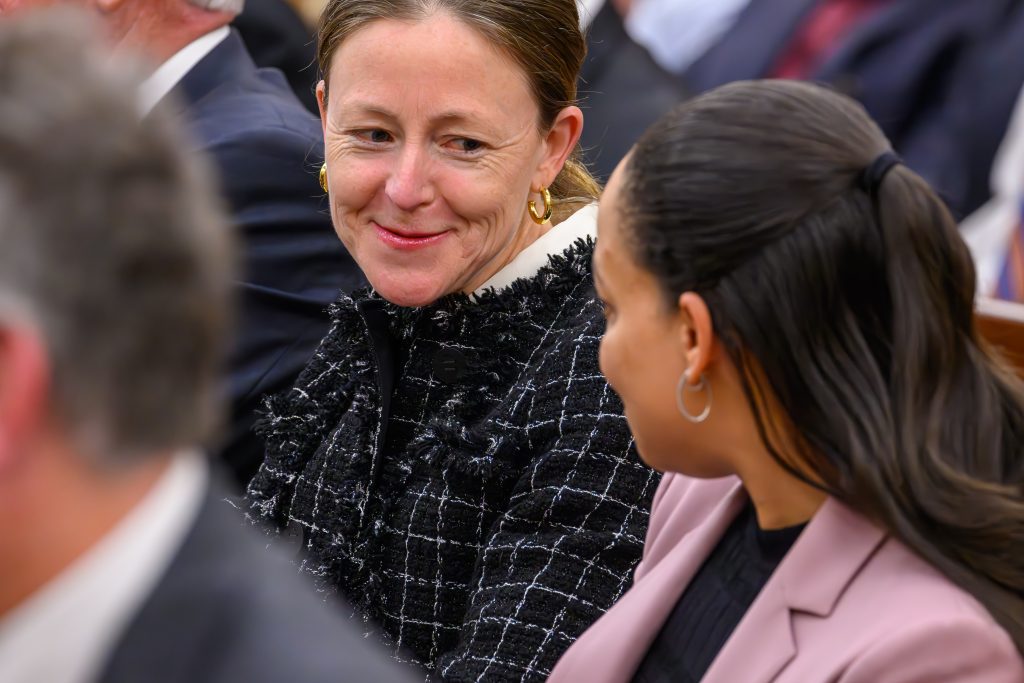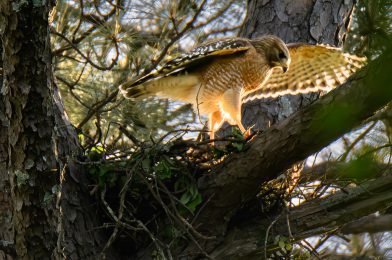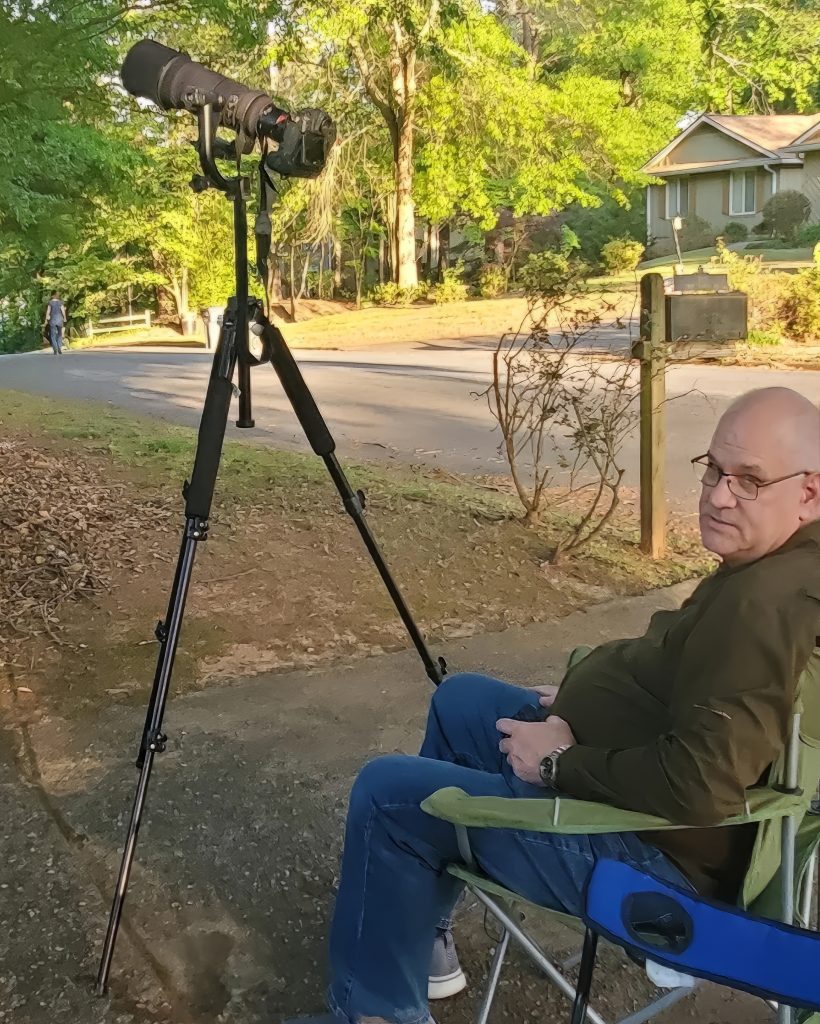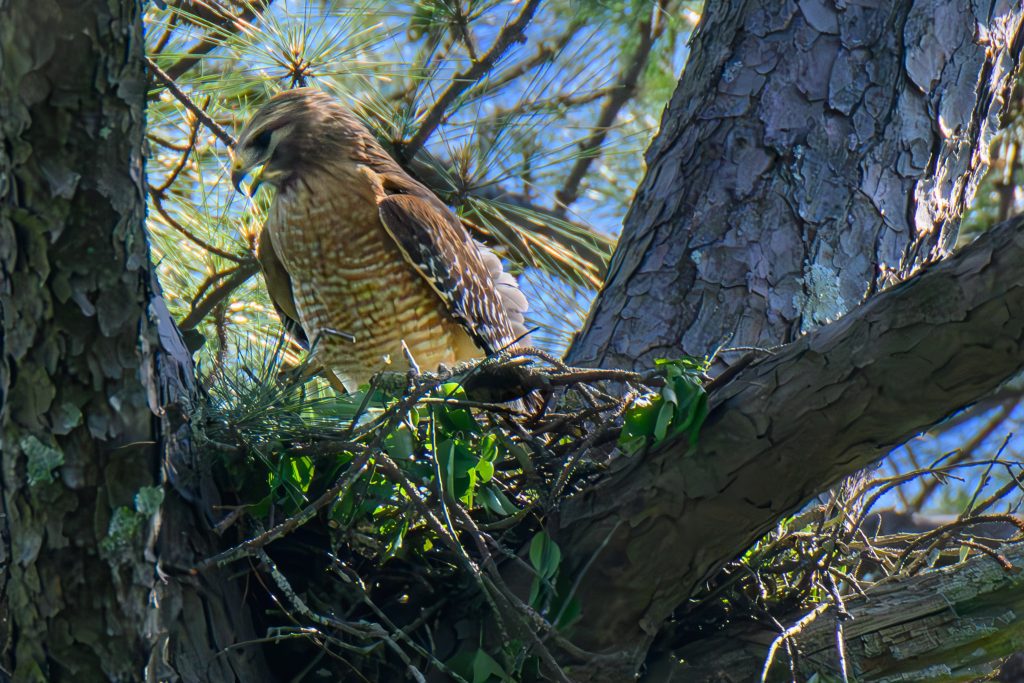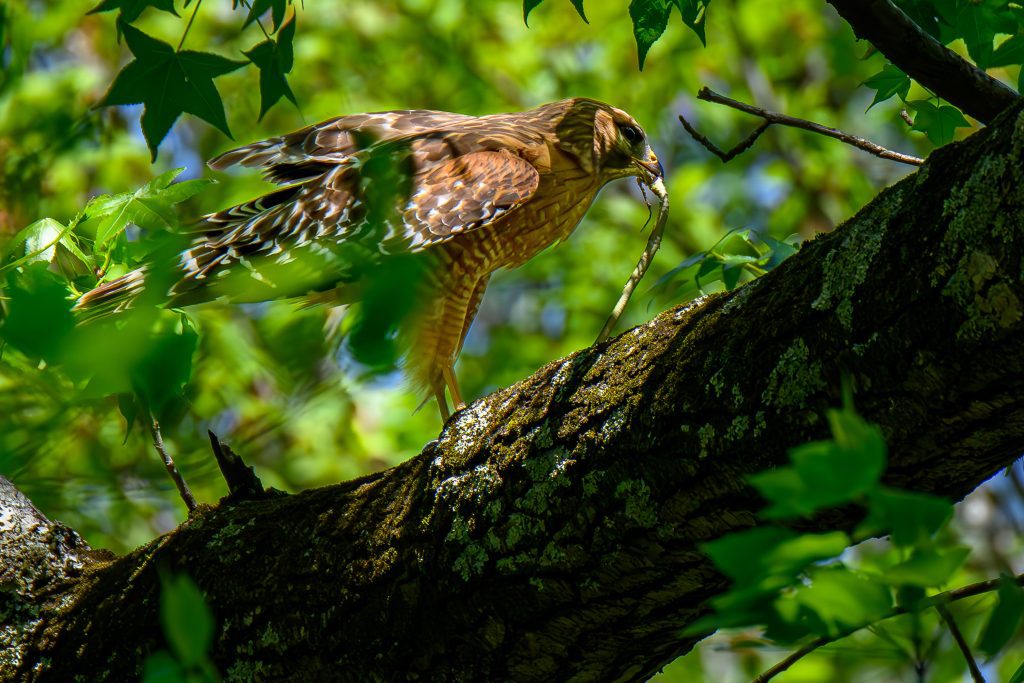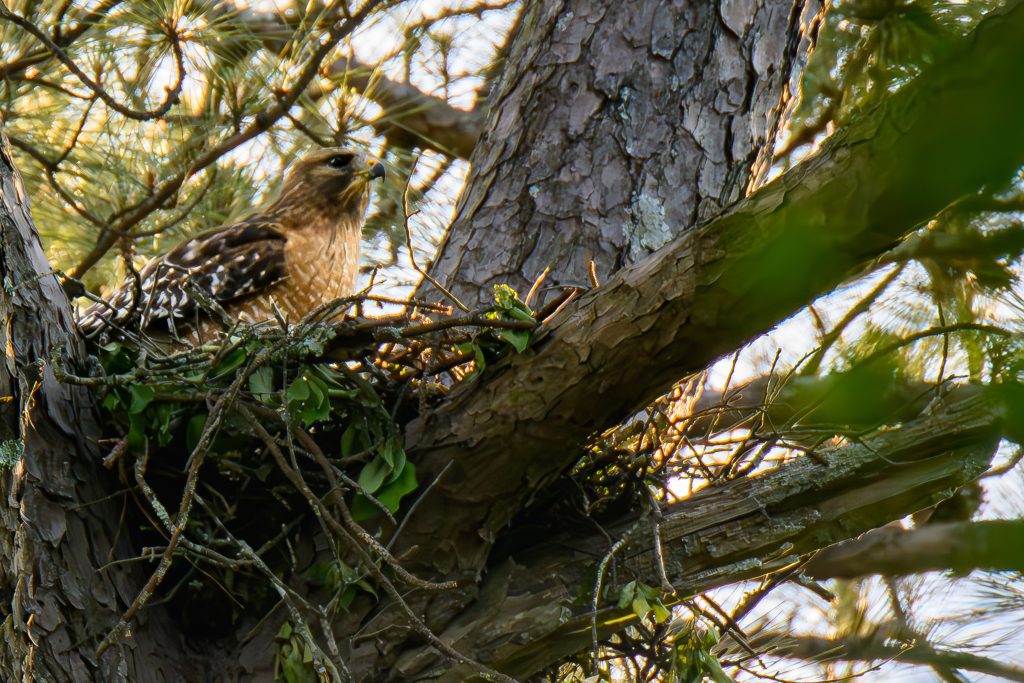L/R Front Row: Suzanna Hummel, Carl Monauni, Doris Griggs, LeRoy Martin Griggs, [unknown], Richard Zvonar
L/R Back Row: John Hummel, unknown], Jerry King, [unknown], [unknown], [unknown], [unknown], Doris Nordstrom, [unknown], Harold Nordstrom
In this fast-paced digital age, capturing moments has become more accessible. With the click of a button, we can freeze a moment in time and immortalize it in a photograph. As photographers, we often find ourselves engrossed in the art and craft of capturing images, but have we ever paused to consider what happens to these photographs after we are gone? How can we ensure our family cherishes and preserves these memories for generations?
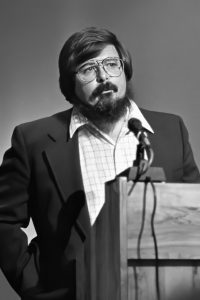
Meet my dear friend, Bill Fortney, a passionate photographer who understands the significance of leaving behind a legacy through photography. Bill embarked on a remarkable project that is a powerful example of how photographers can create hooks to captivate their families and future generations.
Bill began by scanning his family’s unique recipe cards, capturing the essence of generations-old culinary traditions. He recognized that these recipes were not just about food; they were a connection to the past and a bridge to the future. With unwavering dedication, he meticulously compiled these recipes into a captivating coffee table book. Each page showcased the original handwritten recipe alongside a typed version, a photograph of the relative who contributed the recipe, and a short biography or story. The hook was simple but powerful: keeping family recipes alive for generations.

But Bill didn’t stop there. He expanded his vision to include a comprehensive collection of family photos, each carefully labeled with the names and ages of the relatives captured in the frames. These photos were not mere snapshots; they were windows into the lives of loved ones, telling stories and preserving memories. The idea was to create a connection between past and present, enabling the next generation to see themselves in the faces of their ancestors and fostering a sense of shared heritage.
The magic of Bill’s approach lies in the intention behind it. By going beyond the mere act of capturing photographs and thinking deeply about his audience, especially his family, he crafted a legacy that would resonate with them. He understood that photos, devoid of context, could easily be forgotten or lost. Instead, it was the hooks he created—the family recipes, the stories, the connections—that breathed life into the images and made them more than just pictures on paper.
Another of my friends did something similar, and their coffee table book became a treasured heirloom, passed down from generation to generation. When a new couple in the family welcomed their first child, they were presented with a copy of the book, rich with family photos and stories. As their child grew, they began to see the unmistakable family resemblances in their children’s faces, forging connections that transcended time and reinforcing the importance of their shared heritage.
The moral of Bill’s story is powerful: photographs alone, without a hook for the next generation, may fade away into obscurity. As photographers, we have a unique opportunity to shape our legacy and leave a lasting impact. We must capture images for ourselves and consider our audience, particularly our family if we want our photographs to be cherished and preserved long after we are gone.
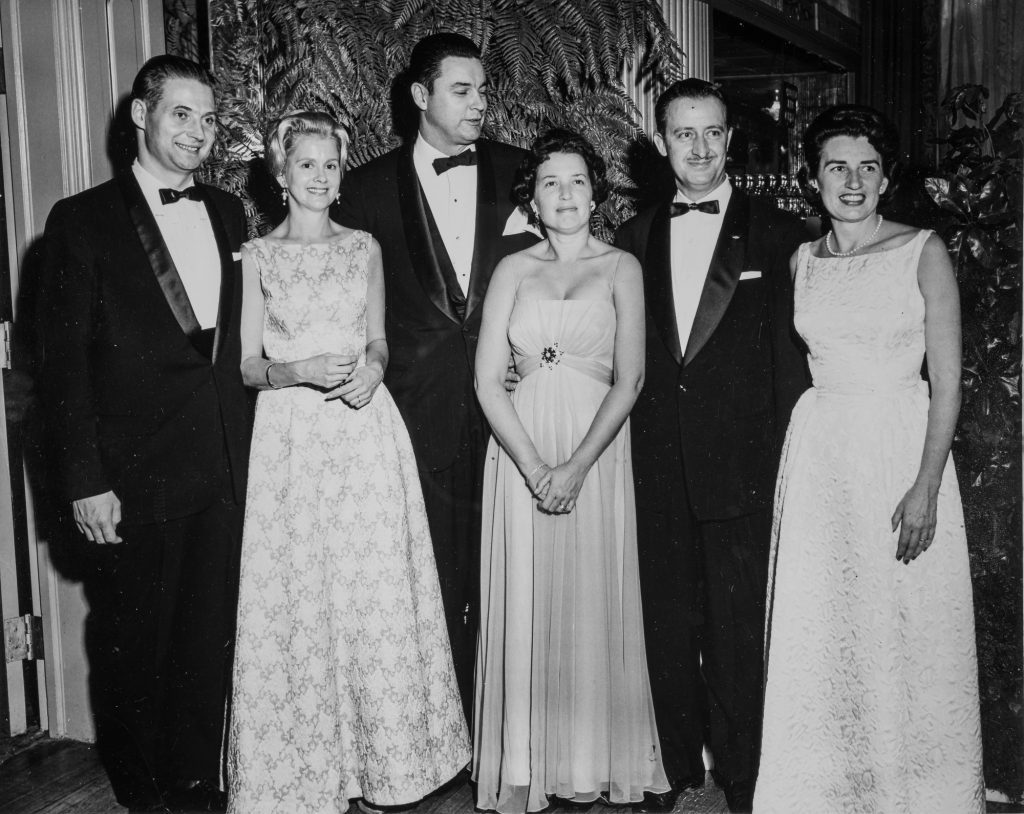
So, think beyond the present moment the next time you snap a picture. Consider the stories accompanying it, the memories it holds, and the connections it can create. Weave together the threads of your family’s history, develop hooks that engage and captivate, and watch your legacy come alive through photography’s power.

